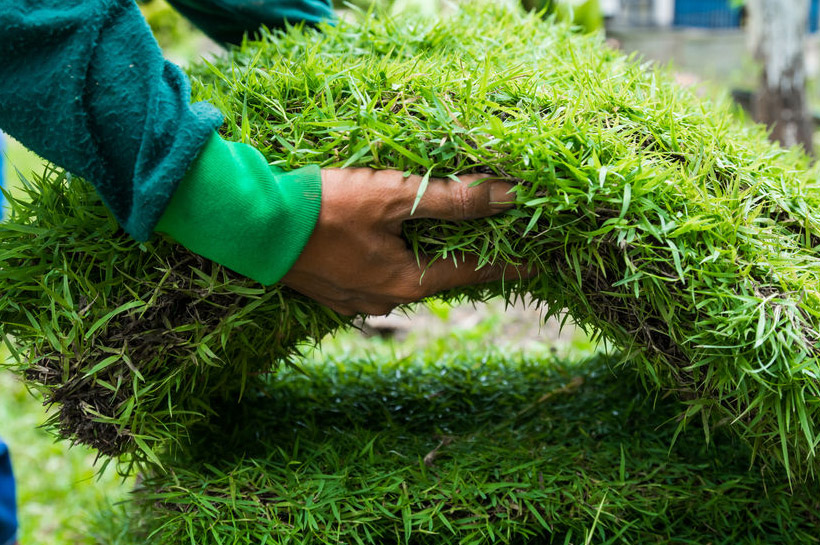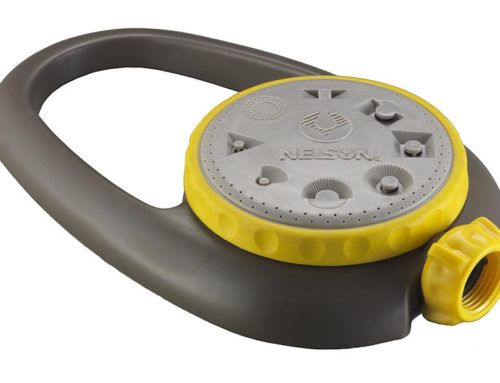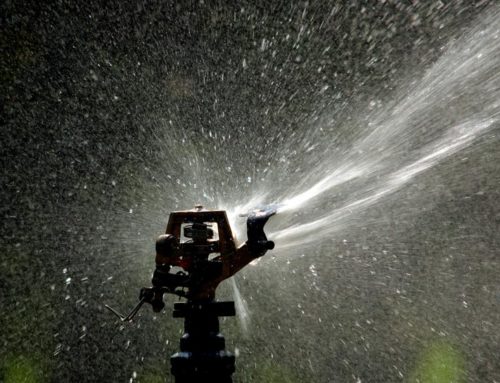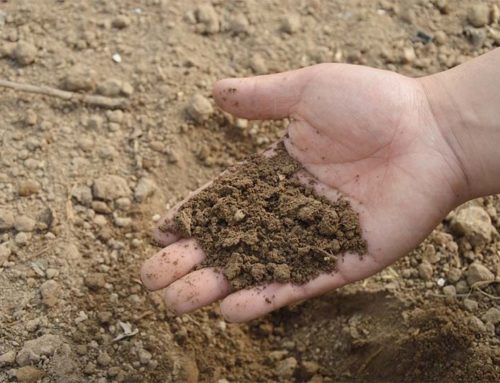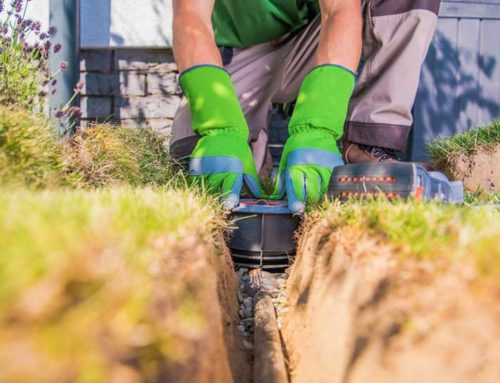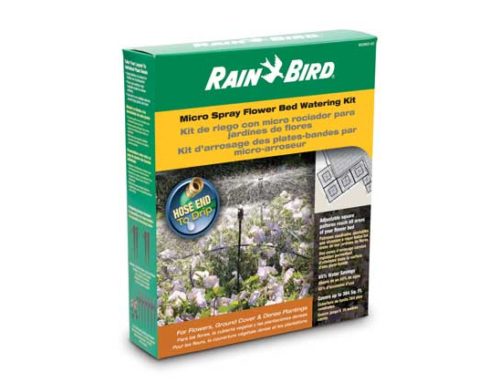Installing new sod can turn your average yard into a lush and green lawn. But watering can be confusing in how much is the right amount. Watering is absolutely necessary, but overwatering can be detrimental to your sod and how it develops over time.
There are several signs that can give you a good idea as to whether or not your sod is being watered enough or too much. Even if you have run into overwatering issues, reducing the amount of watering or the schedule of your automatic sprinklers can improve the situation. Below are signs that may indicate your sod is being overwatered.
Proper Depth of Watering
Once your sod has been laid, it’s important that it does get ample watering. In fact, it’s not uncommon for new sod to require more watering than an established lawn. The sod will need to grow and send roots into the dirt so it can start establishing itself.
When watering your new sod, you want to ensure the watering depth is roughly 6 inches. This gives the roots a good chance of sinking deep into the soil and grabbing hold so they can receive nutrients. You can use a moisture testing stick in order to see how deep the water has permeated.
Roots Not Establishing
One of the first issues you might notice with overwatered sod is that new roots won’t establish themselves properly. You may test the sod after two weeks and find that the roots have not sunken into the soil and taken hold.
If you notice these signs with your sod, you should reduce the watering schedule and see if it helps the roots burrow into the soil and grab on, keeping the sod firmly in place.
Roots Are Rotting
Root rot is a common issue, and can be easy to check for. Lift a corner of the sod and look at the root base. If they are white and plump, they are healthy, but if you notice darkened, black, or moldy looking roots, you have root rot.
This is almost exclusively due to overwatering and reducing the watering schedule and amount may be able to turn it around and save the sod. In some cases, though, the sod may need replacing if the root rot is too serious.
Sod Feels Soggy
While you shouldn’t walk on the sod for a couple weeks until it starts to take root, you may notice a soggy or squishing sound when walking on it. Healthy sod should be damp, but not wet as this can lead to root rot and other issues.
If you step on the sod or press on it with your hand and it feels soggy, you should reduce your watering amount. Even if it doesn’t feel soggy or make sounds when you walk on it, sod should not be so wet that it drips when you lift up a corner to check the root health. If it is, you have overwatered.
